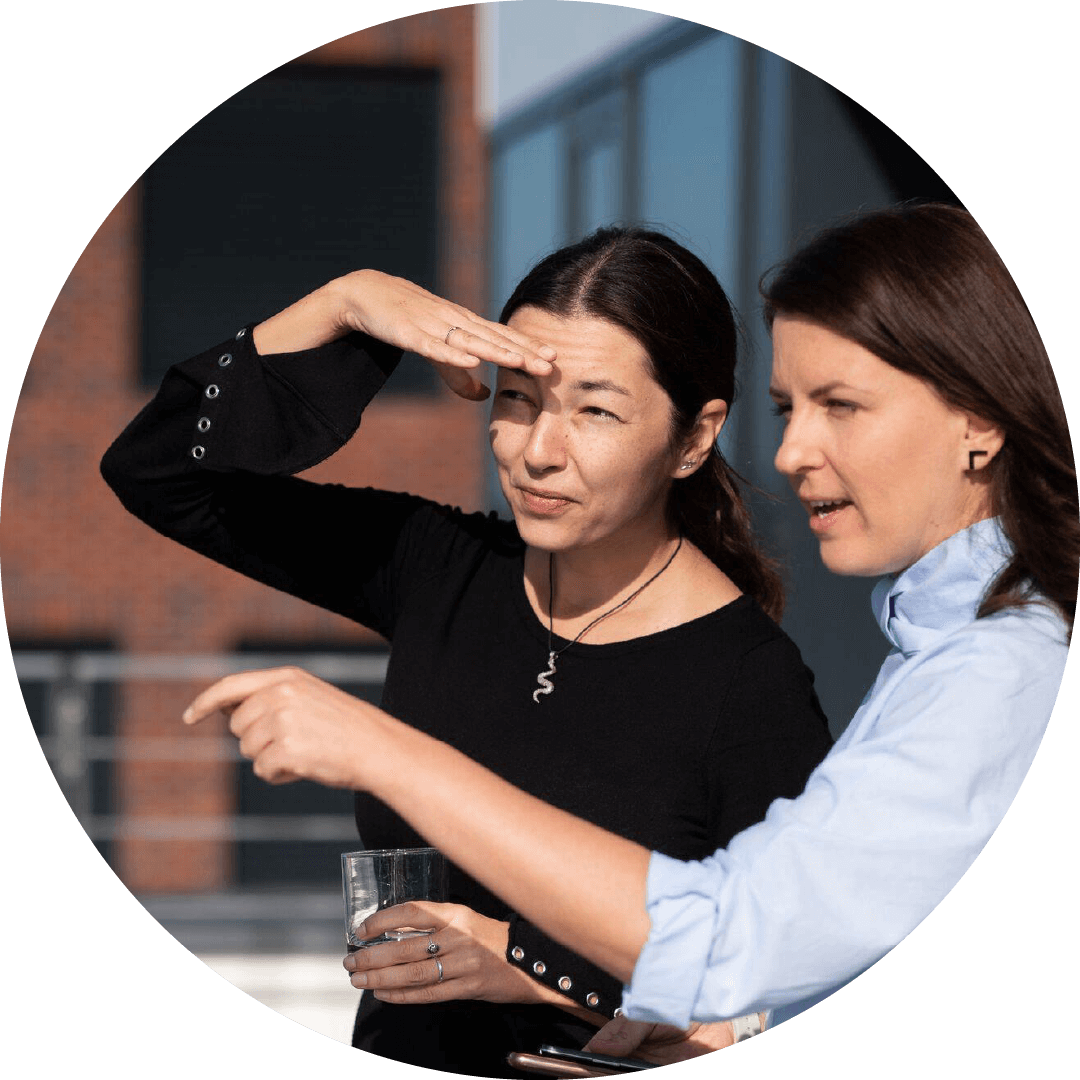When advertising serves higher goals
Come to CEE CSR Summit to discuss with Thomas Kolster how to use CR activities in brand reputation improvement.

Thomas Kolster is a leading international expert in sustainable communication. He’s the author of the book Goodvertising (Thames & Hudson); the most comprehensive book to date exploring communication as a force for good. As the Director and creative force of the Goodvertising Agency, he’s helping companies and agencies understand this new reality.
Your book Goodvertising offers the most comprehensive insight to date into communication as a force for good. As the director and creative head of The Goodvertising Agency, you help companies and agencies change advertising in such a way that it will not only endorse the brand and its sales, but also contribute to the solution of pressing social issues. Why should advertising serve higher goals rather than focus only on brand building?
I think it all comes down to meaning. If a brand isn’t serving a meaningful role in its customers’ lives I seriously doubt its longevity. Many brands started with a meaningful purpose like Nestlé doing milk-based baby food or Kellogg’s who developed its Toasted Corn Flakes from practices learned at the health resort Battle Creek Sanitarium. Both companies have developed into headless conglomerates chasing profits before purpose. I’m not sure the founder Will Keith Kellogg would approve of products such as Coco-Pops that have more in common with candy than a healthy beginning to the morning. Something was lost along.
Price and quality no longer stand alone; social, environmental, health and other value-added factors are put into play from the supermarket shelves to the global stock exchanges. This puts unprecedented pressure on brands that are engaging in business-as-usual rather than preparing for a new, sustainable marketplace.
Today people can much easier challenge brand narratives through social media – there’s no room for self-serving brands and people do expect brands to play their part. This is a unique opportunity for brands to move from being part of the problem to being part of the solution. In uncertain times people want leaders, someone to tell them that everything is going to be okay. Brands can and should take that role.
Despite having extensive and strategically detailed social responsibility programs, many companies don’t communicate about these activities a lot? Why is it like that and how could it be changed?
Not one case is alike, but this is a challenge I come across a lot in my work. First of all it shouldn’t be treated like a separate program or a responsibility it should be an integrated part of the company and the brand. This is when it pays of. Unilever’s sustainable brands grow twice as fast as its conventional brands and deliver half the growth. Many brands are still not very far on their journey and they get scared. I can’t help compare it to how many brands reacted to social media: they closed their eyes and hoped it would go away. It doesn’t!
The communication of which company do you find the most inspiring in this respect?
There are quite a few out there I respect. Unilever deserves kudos for daring to take some serious steps towards sustainability despite a varied brand portfolio. BMW for catching up on the future of mobility and investing heavily in its BMWi program. But in general all the exciting stuff happens in the smaller companies that can more easily and faster adapt to the new demands of the market. People aren’t necessarily looking for more stuff; they want meaning, a sense of belonging and a feeling of community. They don’t want to be treated as consumers, but respected community members. They want to know, feel and see what they’re getting. At the local store, you know what they stand for and you don’t need a sustainability report or a stamp of approval to tell. Your guarantee comes on a first name basis. And you know the money you’ve spent in the corner shop stays in the community, not in a tax haven.
In an article of yours you claim that also the advertising of companies whose products are essentially harmful, for example, sugar-sweetened soft drinks, can be good? Under what conditions can speak of Goodvertising in such a case?
I wouldn’t recommend any company with truly harmful products like for example cigarettes to go the Goodvertising route. It’s dishonest and not a good marketing practice. On a completely different scale of harm if we talk about companies like for example McDonald’s or Coca-Cola I genuinely believe they have a role to play for example in the social or environmental space. Should they fix their health challenges as well – yes, of course – and both brands are working hard to do so as they’re being challenged by investors and punished by consumers (in the Western world). Brands are like people, nobody is perfect, but it’s important brands play an authentic role.
Besides Goodvertising, you launched the platform WhereGoodGrows last year, which serves for exchange of experience in the area of responsible solutions and initiatives. Why should companies share their know-how with their competitors? What’s the benefit in doing that?
When I was researching my book Goodvertising (Thames & Hudson, 2012) I couldn’t help being impressed by the campaigns’ level of creativity, but even more so with the real difference that a lot of these campaigns made for important causes like water scarcity, poverty, resource efficiency, HIV, environment and homelessness. Why should a campaign that’s creative, effective and impactful be used only once instead of being shared with others facing the same challenge? It’s kind of like buying your own takeaway mug for coffee instead of throwing away a coffee cup every day.
One ingenious initiative, for example, has been generously shared with the community by a Burmese supermarket chain, Citymart. They wanted their customers to shift to reusable shopping bags by rewarding them for doing their part while making sure the bags were used and reused. A priority till was made for customers carrying a reusable shopping bag and in return 70 000 bags were sold, preventing countless thousands of plastic bags going to landfills or ending up in waterways.
Volvo is a company that understands this mindset. When one of their engineers, Nils Bohlin, invented the three-point seatbelt in 1959, which we all use today, the company thought it was too important an innovation to patent and keep and instead shared it with the global car industry. Shouldn’t we in the communication industry be ready to embrace the same generous mindset?
The potential upsides are many. We’ve already facilitated contact between an American hospital that wanted to reuse a campaign from a Brazilian agency, which means more business was derived from the same campaign and more lives were improved.











